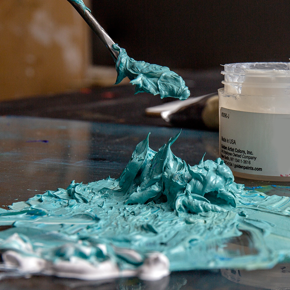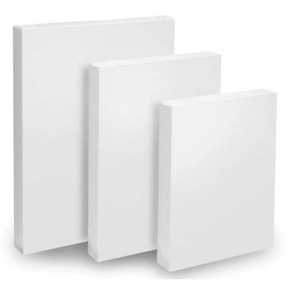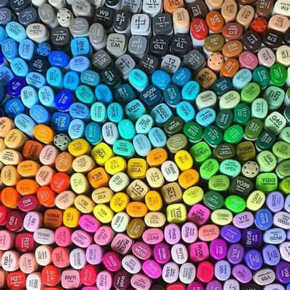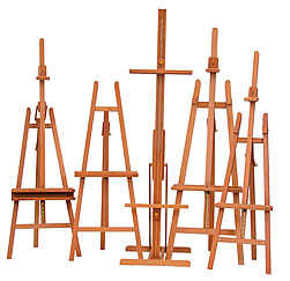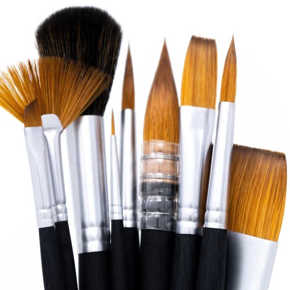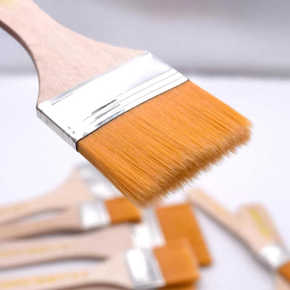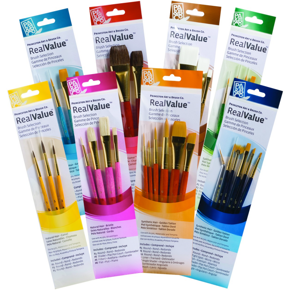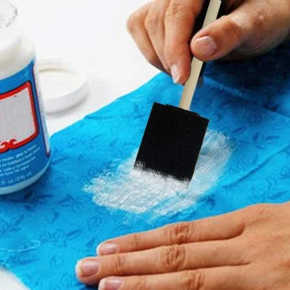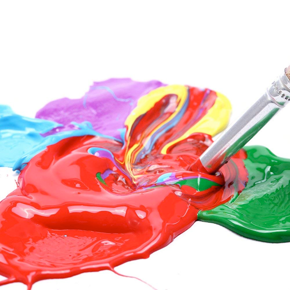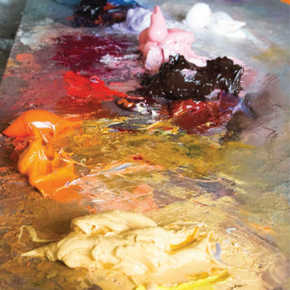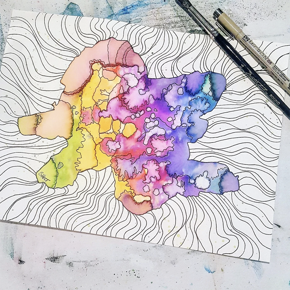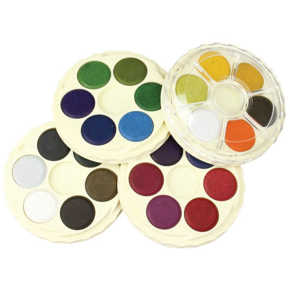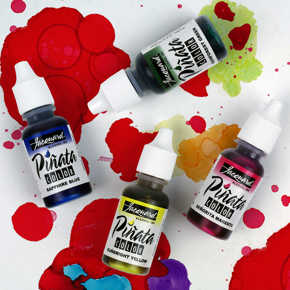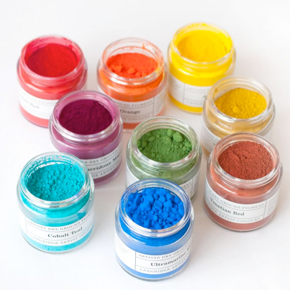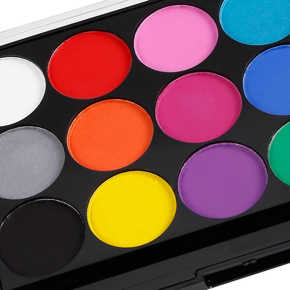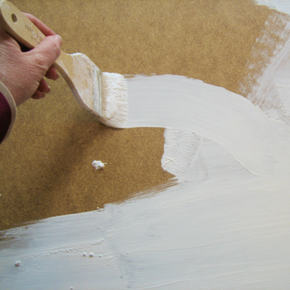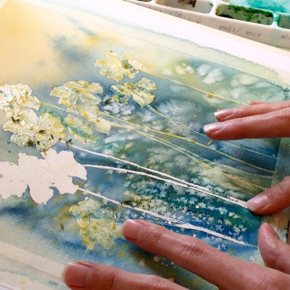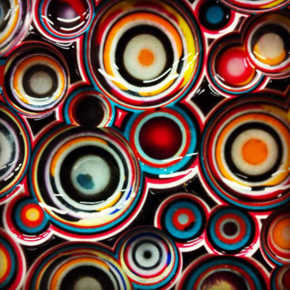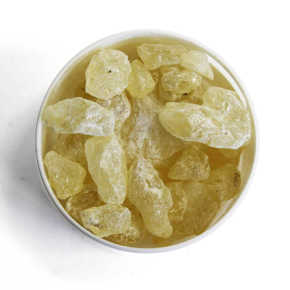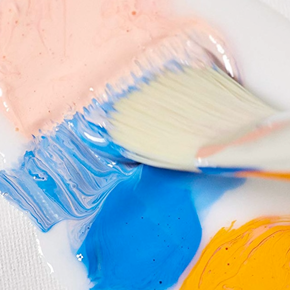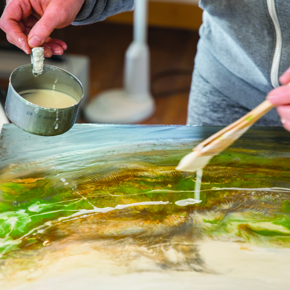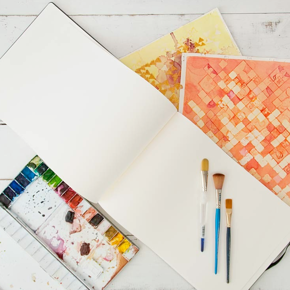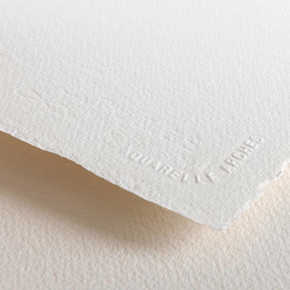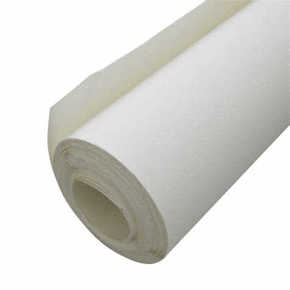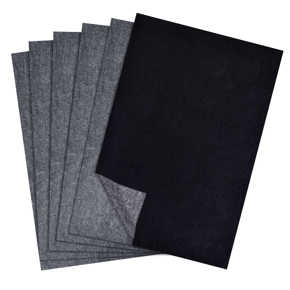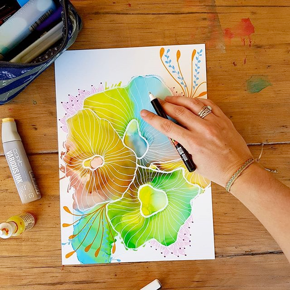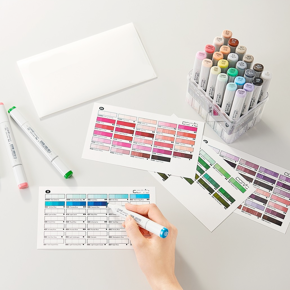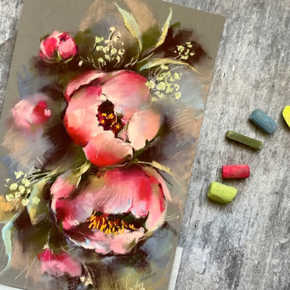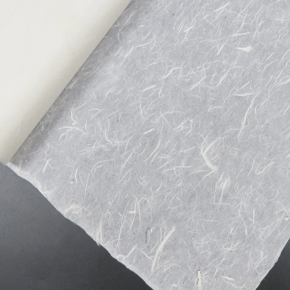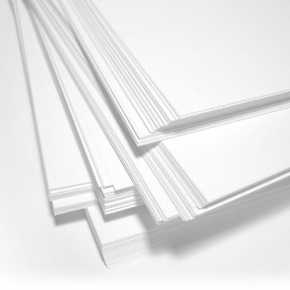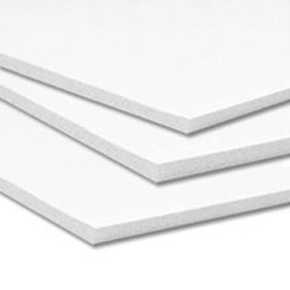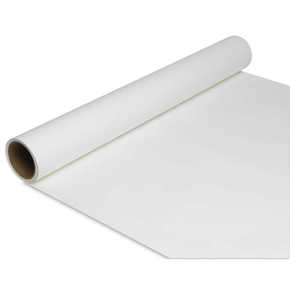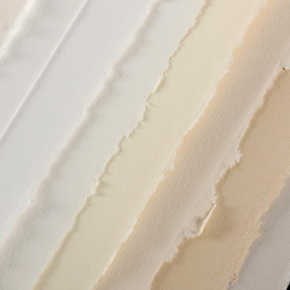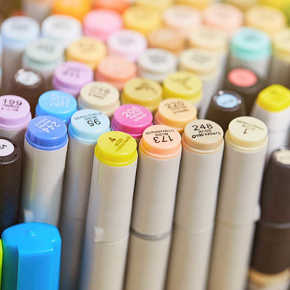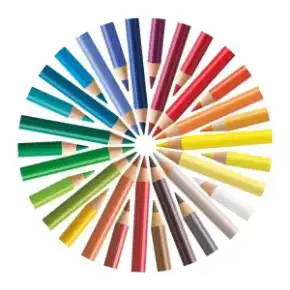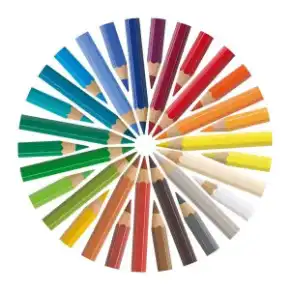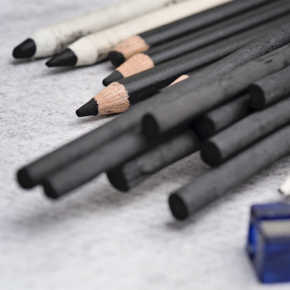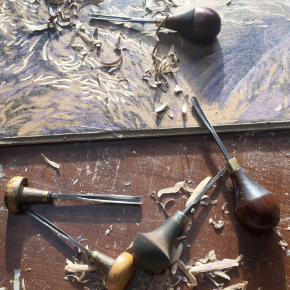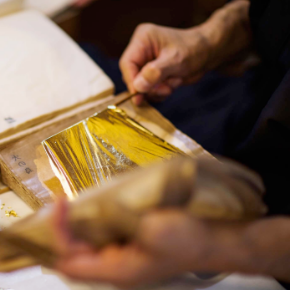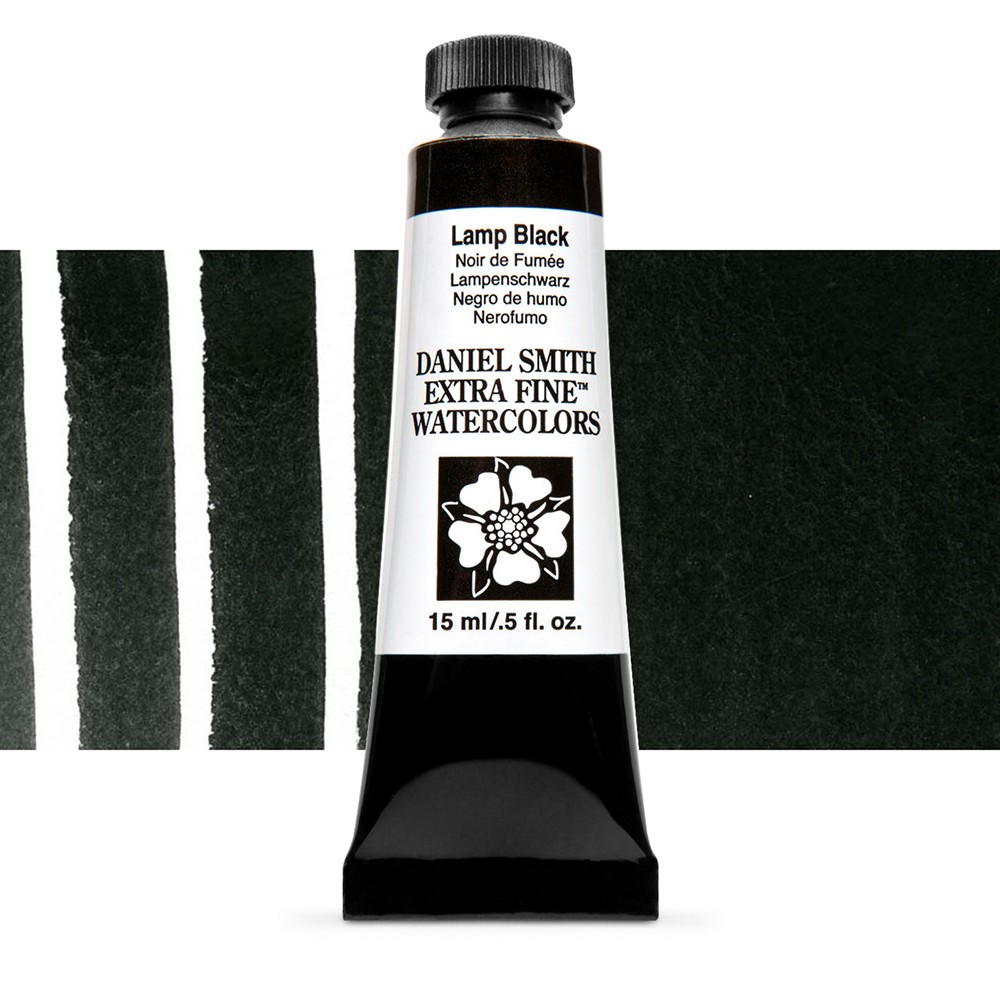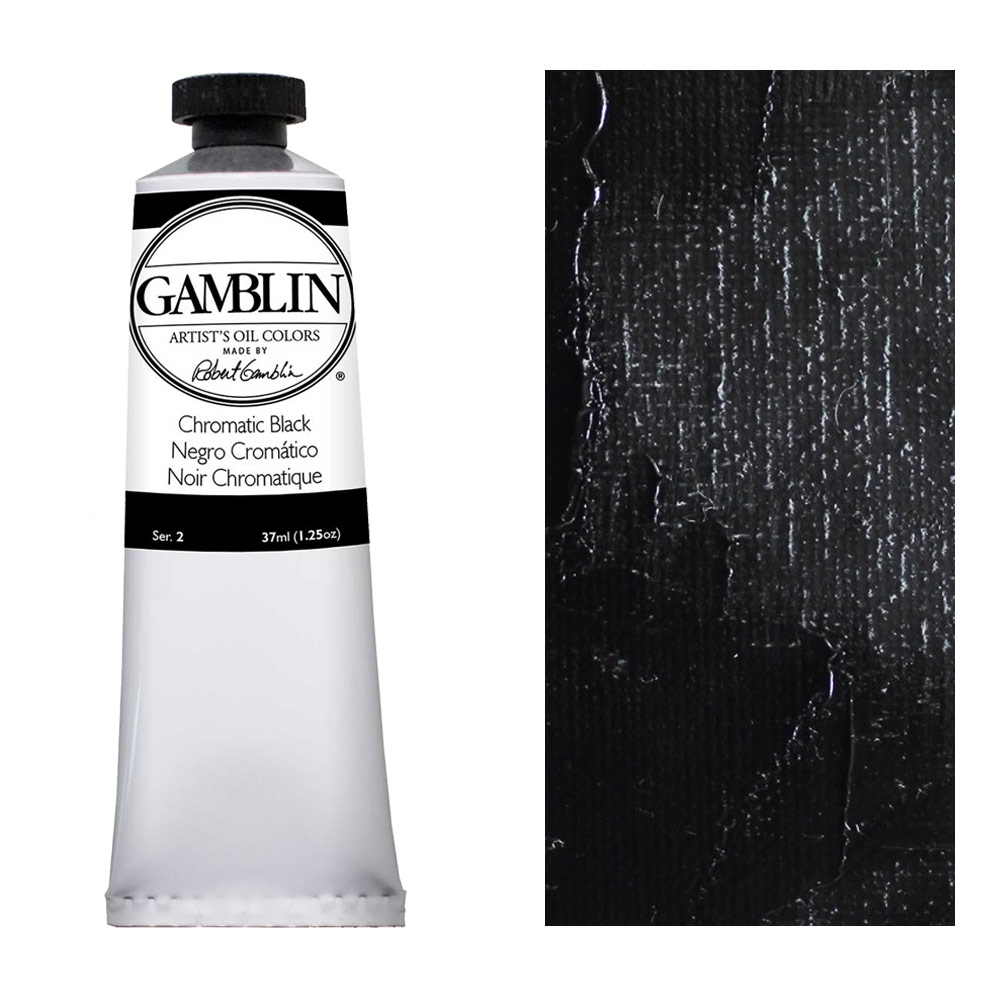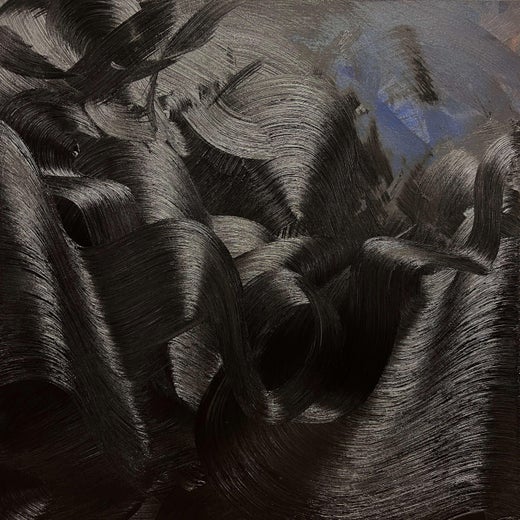
I love black, black is fantastic, many artists have managed to produce incredible works with the colour black, for instance in The Black Paintings by Goya, Cart with Black Ox by Van Gogh, Zebra by Vasarely, and The Charnel House by Picasso. Black is a heavy colour and when used correctly can bring great depth to your artwork.
Black is not only for dark, morose works, it certainly has utility elsewhere. Nothing shades quite like it, there’s no easier way to bring the chroma of a colour down or to have a range of beautiful chromatic greys than putting a little black paint into your mixes. Black is a universal shade that significantly aids in modifying colour on your palette. Even if you decide not to buy a tube of pure pigment black, you will most likely still be mixing your own black of some sort or using complementary colours to shade your colours and reduce their chroma. Black’s utility and function in painting is inescapable for most artists.
Overview:
- Why would I be told to not use black?
- Different Types of Black Paint
- Mars Black
- Carbon Black
- Ivory and Bone Black
- Lamp Black
- Chromatic Black
- Manganese Black
Why would I be told to not use black?
Including black in your palette is a matter of some contention amongst artists. Some painters regard using black as a faux pas, the mark of an amateur or naïve artist. The Impressionists are famous for being anti-black paint - their movement pioneered this idea of not using black paint at all, but instead opting to mix their own. So, if that’s what the greats said, there are probably many legitimate reasons for them to feel this way, right?
Black paint is glossy and rich straight out of the tube but dries matte. When using oils, black is a pigment that can “sink in” leaving dull areas. Most artists are attracted to using black because they want to paint shadows and assume that all shadows are black. However, shadows are not always black, they are more often a mix of several very dark but warm colours. Artists often fear that using straight black from the tube may overpower their colours and stand out too much. Blacks from the tube have an extremely high tinting power, so a little goes a long way. I recall my high school art teacher advising against black on the palette because she referred to it as a “bomb”, i.e., once it goes on the palette, it explodes and will make every other colour black. This type of thinking has led to black paints unpopularity. The criticism is that blacks dry dull and matte, overpower other colours, and will desaturate paint mixes too sharply. These are certainly proven and legitimate concerns, but at the same time there are still solid reasons for those who maintain the use of black paint within their palette. I am of the latter, and I believe that armed with the right information and caution, opting to use black straight out of the tube can be a fantastic addition to your palette, should you so wish.
Many artists throughout the course of history have somehow found a way to make black work. Arguably more of your favourite artists were believers in using black on the palette than otherwise. Artists like Rubens, Van Dyck, Sargent, Leonardo, Bouguereau, Titian, Rembrandt and Velazquez all had black in their palettes. In fact, there’s a famous anecdote from a day when John Singer Sargent, the leading portrait artist in the United States during his lifetime, visited Monet, arguably the most famous impressionist, to paint. Sargent asked Monet if he could borrow some colours, including a black, only for Monet to reply, “But I haven’t any”. Sargent responded with “Then I can’t paint, how do you do it?”. Which I think is a wonderful moment where two incredible artists, both deeply respected, had contrasting opinions about the use of black paint. I think this anecdote proves that neither stance is objectively right or wrong – it’s what works for you and your own practice.
Different Types of Black Paint
Mars Black
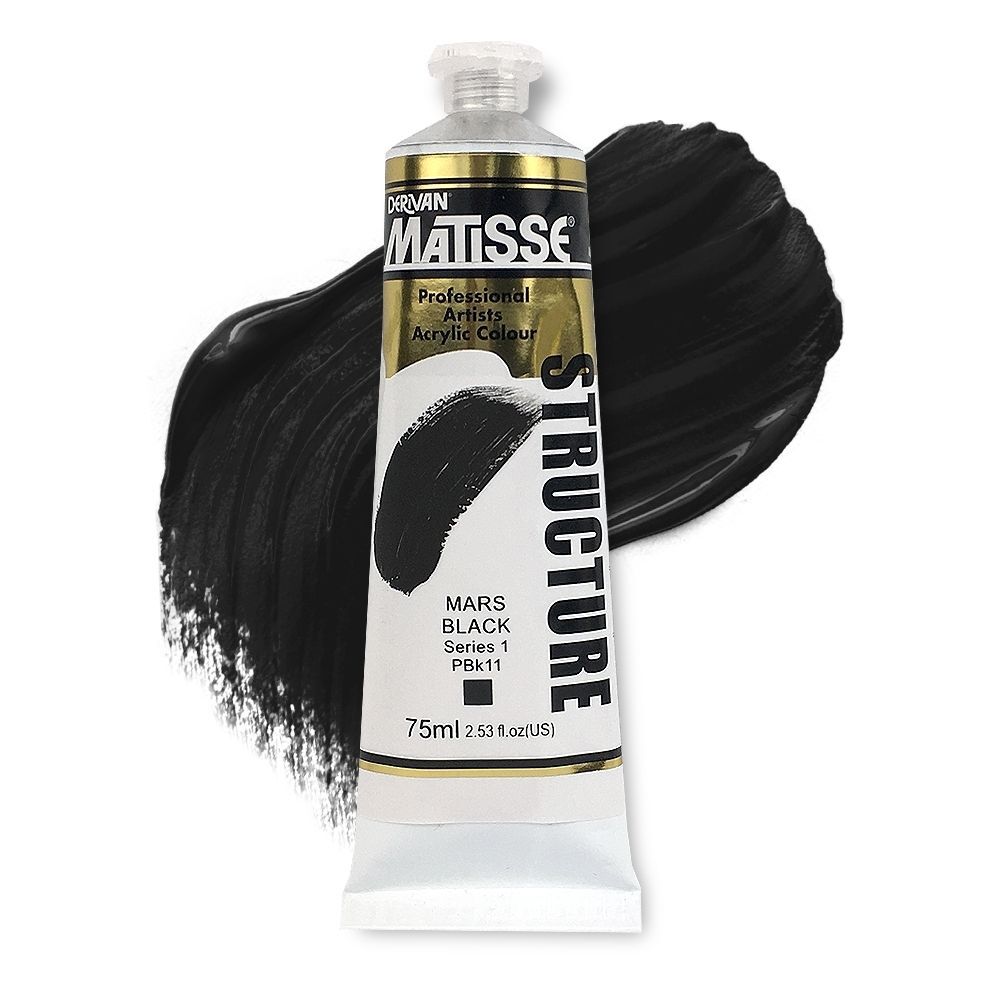
Mars black is a synthetic and inorganic pigment, named black iron oxide as it is derived from iron. It takes the name Mars from the alchemical name for iron. Mars Black is a unique black, as most other blacks on the market are derived from carbon. Mars Black is opaque and fast drying, with high tinting strength and will form a strong paint film. Mars Black is considered a ‘warm’ black and will dry very matte.
Carbon Black
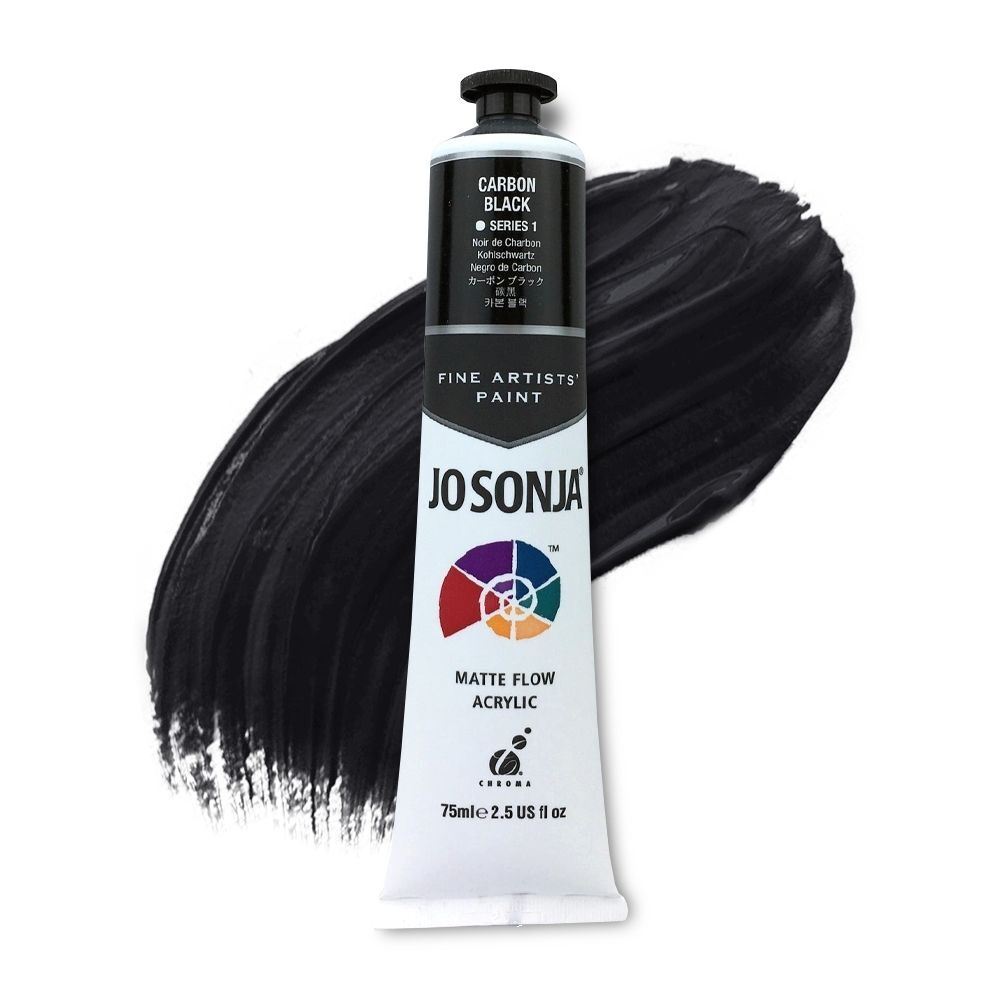
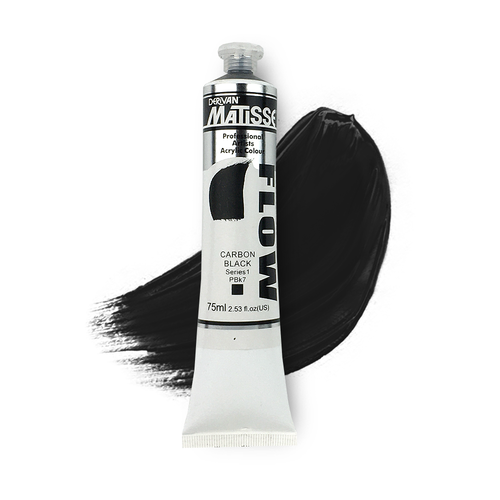
Carbon black is made from heating wood, or other organic material with very restricted air flow. Carbon black is an old pigment, used since prehistory. You will find it in all sorts of fine art materials, whether as an additive in inks and dyes, or as pure charcoal sticks for sketching with. In modern times, over 85% of the production of carbon black goes to the automotive industry to be mixed with rubber and used to manufacture tyres. The addition of carbon helps stabilise the chemical compound and makes the tyre more durable. Tyres are white in colour initially but are dyed black from the pigment. The remaining 15% of the production then goes to manufacturing inks for domestic and industrial printers or for fine art materials.
Carbon black is an opaque black, considered to be ‘cool’ in temperature. It has great tinting and hiding power, hiding power being a pigments ability to absorb light, obscuring your ability to see what’s beneath it, which is closely related to opacity. Carbon black is an immensely popular black. Most blacks are essentially just variants of carbon black, sourced from different methods.
Ivory and Bone Black

Ivory and Bone Black are relatively interchangeable, which is why I’ve included them together. In the past they both would have been more unique; Ivory being derived from elephant tusks and that, of course, now being banned and illegal to import. Now both Ivory and Bone Black are made from burnt animal bones. Ivory and Bone Black are the least pure form of carbon black, containing mostly calcium phosphate. The chemical make-up of these pigments is usually 10% carbon, 84% calcium phosphate and 6% calcium carbonate.
Ivory and Bone Black are semi-transparent and have a brown hue to them. Being a warmer coloured black they are comparable to a Mars Black; however, they are much weaker than Mars in tinting power. This may sound negative, one paint being weaker than another paint, however this makes it much easier to use and is perfect for mixing chromatic greys and changing values or as an underpainting black.
Lamp Black
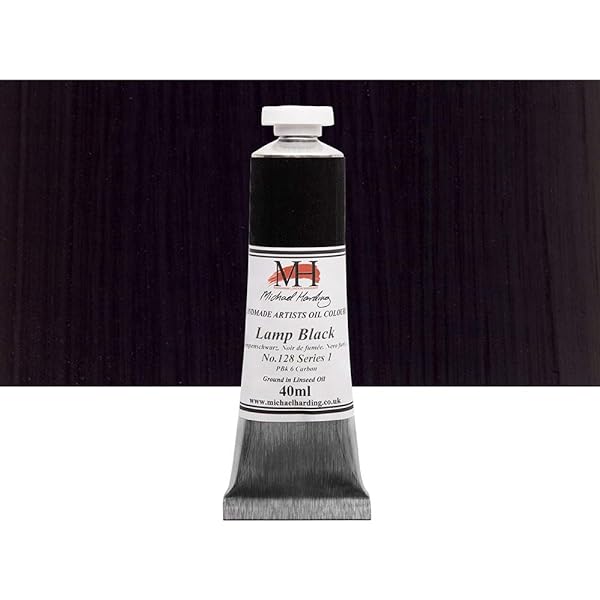
Historically, Lamp Black was made from the soot that would accumulate as residue in old oil lamps. Now, however, it is made from pure carbon extracted from burning oil or gas. Lamp Black is the most transparent of the blacks and can appear quite blue and cool. It’s a poor drier however and doesn’t form very durable paint films compared to its other black counterparts. Yet it is a popular choice among artists because it can appear much darker than a lot of other black paint.
Chromatic Black
Chromatic black is a pre-mixed black made from primary colours. Usually, they are made with two complementary colours, usually mixes like Burnt Umber & Prussian Blue, Quinacridone Crimson & Phthalo Green, Ultramarine & Alizarin Crimson just to name a few. It’s hard to discuss the properties of Chromatic black because they are all so varied. The argument for them among artists is usually from people who disagree with the use of pigment blacks. These artists find that pigment blacks can dull their mixes. Oil painters criticise that pigment blacks create areas where the paint has “Sunken in”. “Sinking in” is a term for where part of an oil painting has lost oil content and dried to a very matte finish, standing out unfavourably in patchy dull areas. While a common issue with blacks due to the nature of their pigment, this is easily resolved by “oiling out” the painting or varnishing. When mixing your own chromatic black, some artists have found over the years that their own mixtures of black on the canvas have begun to fade, becoming grey, or in some rarer instances becoming transparent. These artists consider it much safer to stick with a tubed black, due to their stronger paint film and lightfastness.
Vine Black
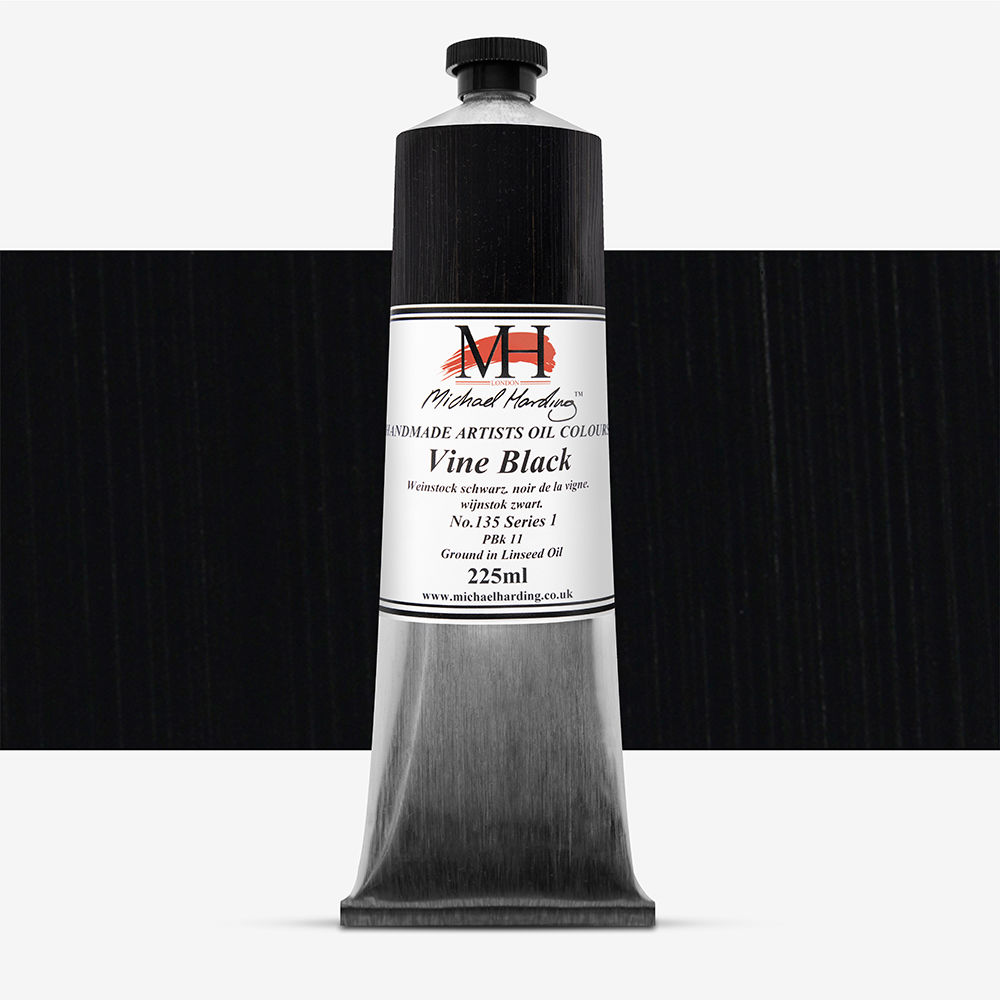
Vine black is made from charring the vine stalks and twigs from winemaking grapes. It is another variant of a carbon black. Vine black is semi-transparent and has a slightly yellow appearance when thinned.
Manganese Black

Manganese Black is an oxide mix of Manganese and Iron, so it performs very similarly to a Mars Black. Manganese Black is a very opaque, warm coloured black that dries very quickly to a matte finish.




